Pragnya R.
See all reviews
Master K-Nearest Neighbors using Python’s scikit-learn library: from theoretical foundations to practical applications
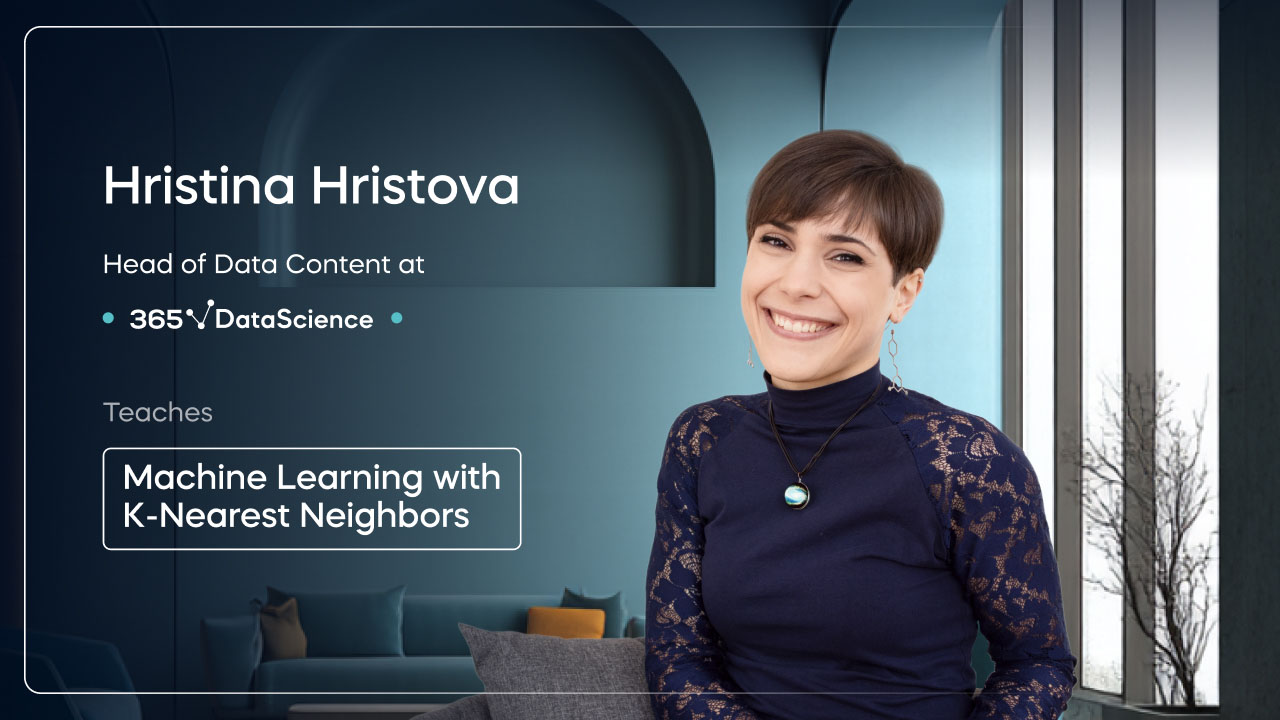




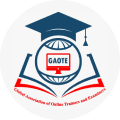
Skill level:
Duration:
CPE credits:
Accredited

Bringing real-world expertise from leading global companies
Master's degree, Theoretical and Mathematical Physics
Description
Curriculum
Free lessons

1.1 What does the course cover?
7 min

1.2 Motivation
2 min

1.4 Math Prerequisites: Distance Metrics
4 min
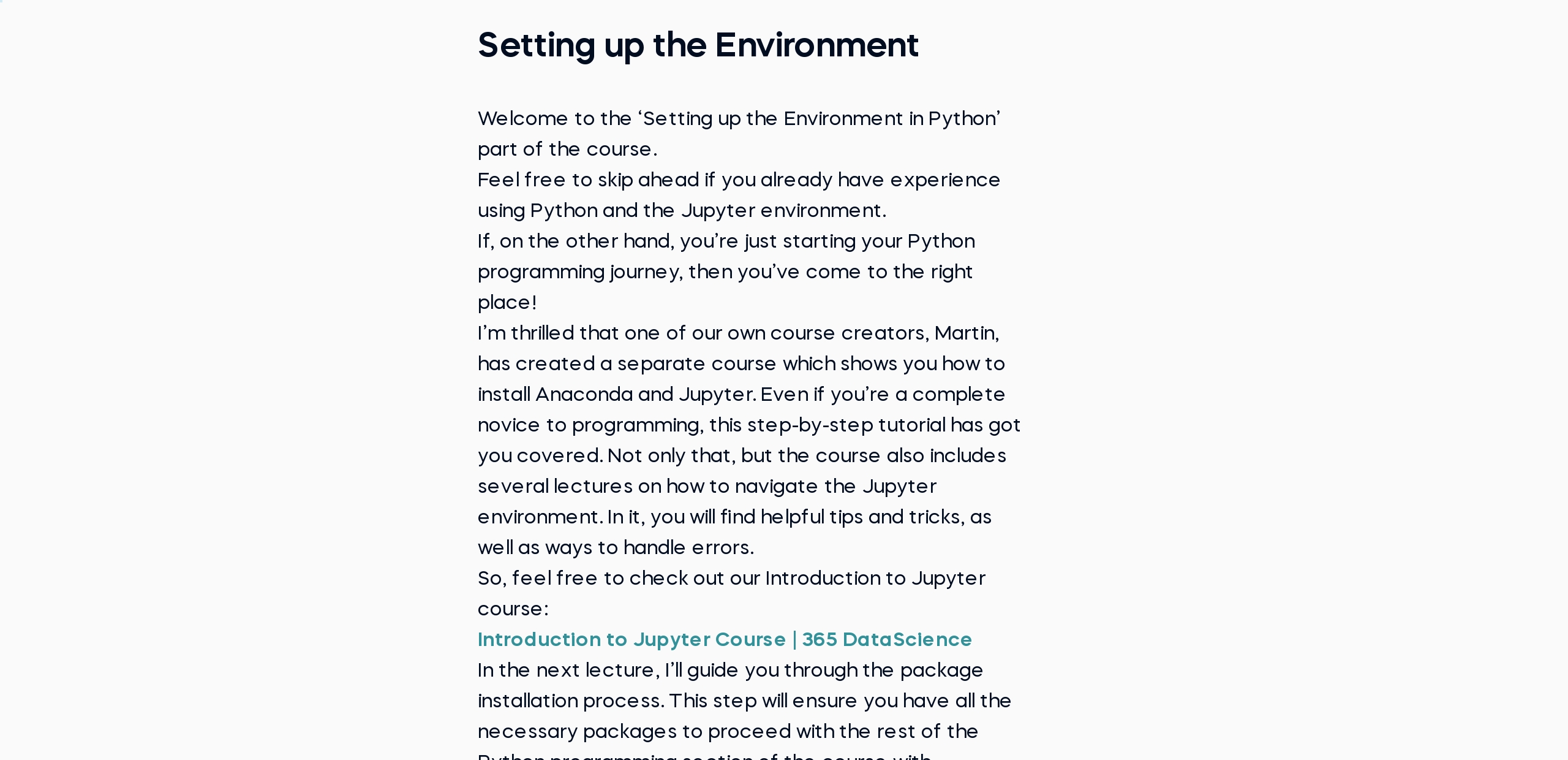
2.1 Setting up the Environment
1 min

2.2 Installing the Relevant Packages
4 min

3.1 Random Dataset: Generating the Dataset
3 min
96%
of our students recommend
9 in 10
of our graduates landed a new AI & data job
9 in 10
people walk away career-ready
ACCREDITED certificates
Craft a resume and LinkedIn profile you’re proud of—featuring certificates recognized by leading global
institutions.
Earn CPE-accredited credentials that showcase your dedication, growth, and essential skills—the qualities
employers value most.





Certificates are included with the Self-study learning plan.
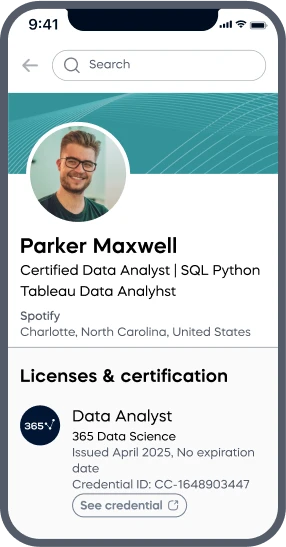
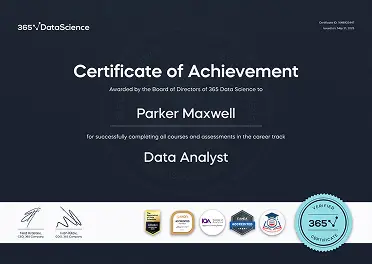
How it WORKS